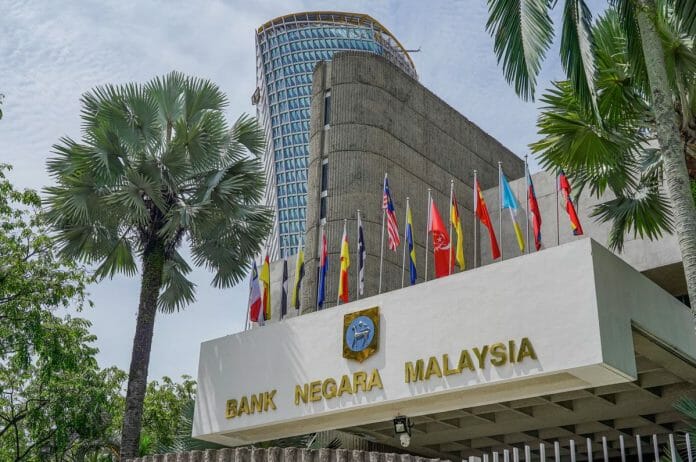Bank Negara released its December monetary and financial highlights toplining the report is inflation where it had declined to 3.8% while it was 4.0% in November, the Central Bank noted this was due to the continued moderation in fresh food and fuel inflation, as well as lower core inflation.
On the other hand, core inflation edged lower but remained high at 4.1% during the month (November: 4.2%). The lower core inflation largely reflected lower inflation for repair and maintenance for personal transport, bread and bakery products, and lotteries and gambling.
Export growth moderated in December
- Exports grew by 6.0% (November: 15.1%) in December 2022. Overall, exports grew by 25.0% in 2022. Manufactured export growth were driven by petroleum and E&E products. Meanwhile, commodities exports continued to be supported mainly by LNG and crude petroleum shipments. Moving forward, the moderation in global growth and lower commodity prices are expected to weigh on Malaysia’s export growth.
Higher growth in credit to the private non-financial sector
- Credit to the private non-financial sector grew by 4.7% as at end-December (November: 4.4%), reflecting higher growth in credit to businesses (3.8%; November: 3.2%). For businesses, the stronger credit growth was driven by higher growth for both outstanding corporate bonds (4.6%; November: 3.5%) and outstanding business loans (3.3%; November: 3.0%).
- Outstanding household loans grew by 5.5% (November: 5.6%), as growth in loan repayments outpaced that of disbursements. Despite some moderation in outstanding loan growth for the purchase of housing and cars, growth in loan disbursements remained strong (10.4%; November: 9.1%).
Domestic financial conditions continued to ease, reflecting improving investors’ risk sentiment
- Global financial conditions were mainly driven by expectations for a slower monetary policy tightening by major central banks moving forward, as inflation showed signs of peaking. Meanwhile, investors’ risk sentiment was supported further by the earlier-than-expected reopening of China’s international borders. Subsequently, domestic financial conditions eased, with the 10-year MGS yields declining by 4.0 bps (regional average: -4.4 bps). The FBM KLCI rose by 0.4% (regional average: -3.1%), contributed mainly by the plantation sector amid higher crude palm oil prices during the month. The ringgit continued to appreciate against the US dollar (+0.9%), in line with the movement of other regional currencies (average: 2.0%).
Banks maintained strong liquidity and funding positions to support intermediation
- The banking system overall Liquidity Coverage Ratio improved in December as banks were proactive in managing their buffers to address the year-end seasonal fluctuation in banking system liquidity. The aggregate loan-to-fund ratio remained largely stable at 82.4% (November: 82.2%), supported by sound growth in deposits of 5.9% (November: 5.9%).
Asset quality in the banking system remained intact
- Overall gross and net impaired loans ratios remained broadly unchanged at 1.7% (November: 1.8%) and 1.1% (November: 1.1%), respectively. Loan loss coverage ratio (including regulatory reserves) continued to record a prudent level of 118.2% of impaired loans, with total provisions accounting for 1.7% of total loans.









